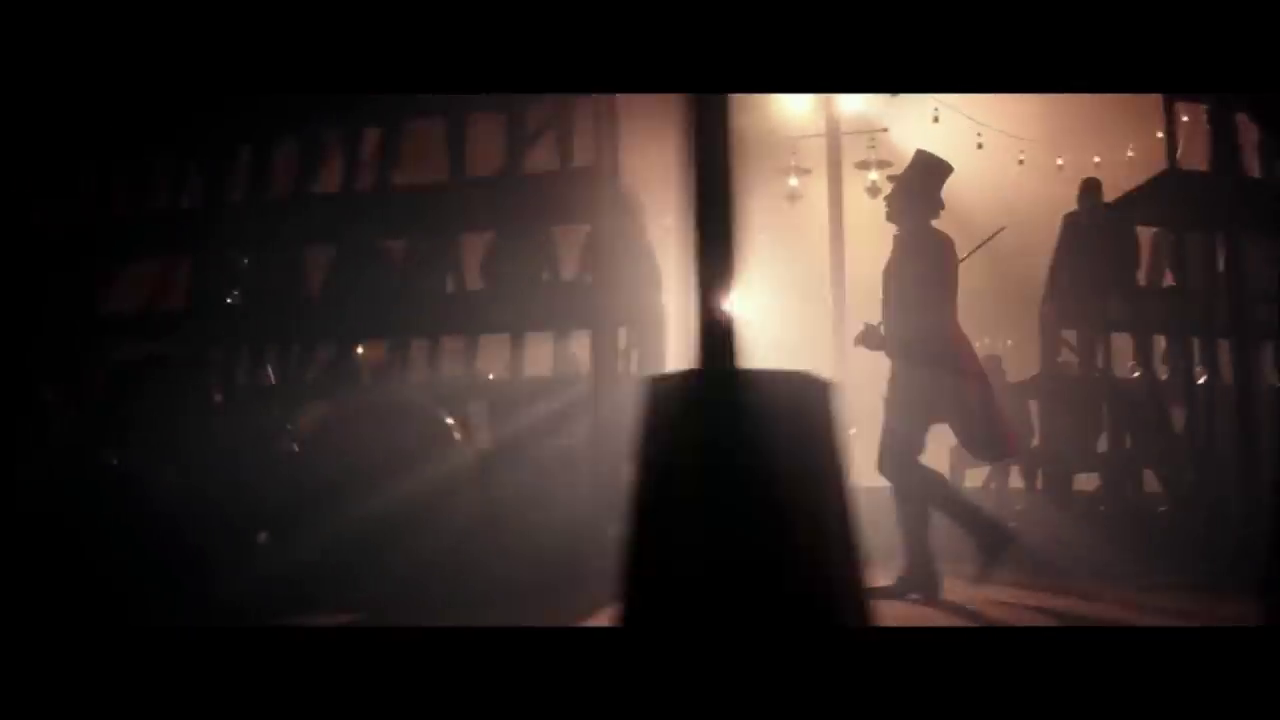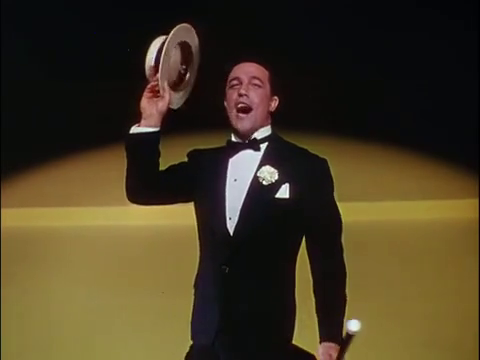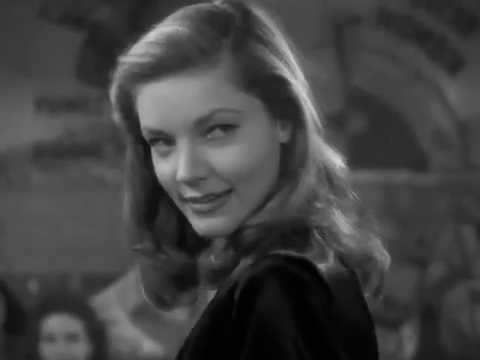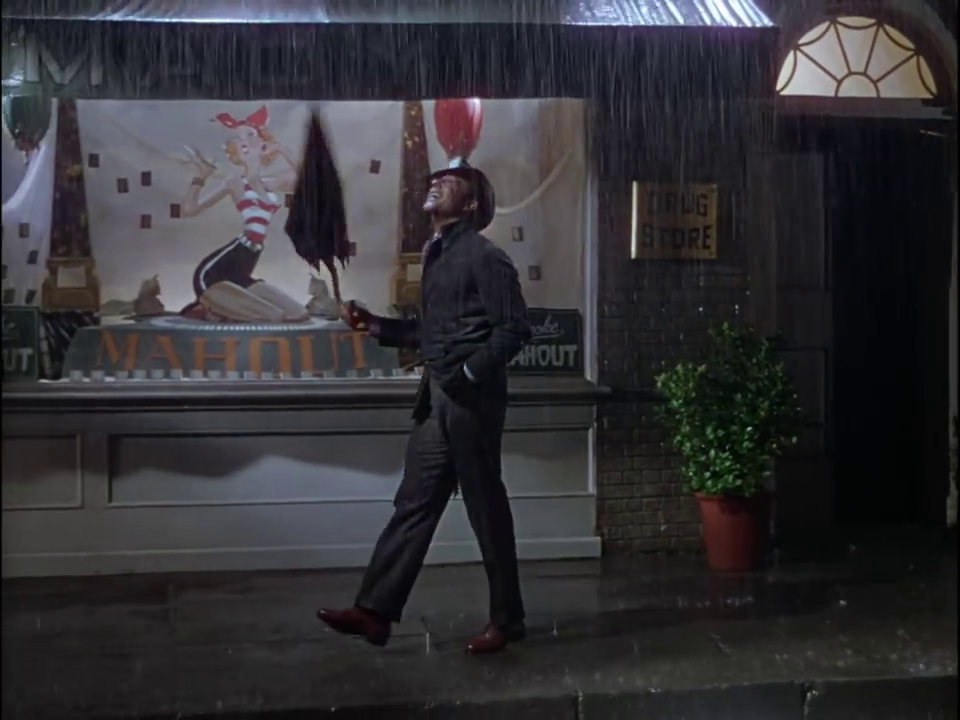WEEK 10: ALGORITHMS, BRANCHING, CONCRETE WRITING
Algorithmic, Branching, Concrete Examples
“Assignment: ABC (Algorithms, Branching, Choose Your Own Essay, Concrete Writing) Examples, Due 4/2
- Based on the Readings and Examples, please find one example of a use of algorithms or branching (aka “choose your own adventure or essay”) or concrete writing (see the “ABCs of Visual Writing”) that might be helpful to the class.
- Include a visual and link to your example on this page (add a section/row/module below), so we can look and discuss. You may also find it helpful to use an iframe to show your example. <iframe></iframe>


John Vu
Example of Algorithm
Soft Cinema is a collection of algorithmic database films by Lev Manovich.
Manovich defines this kind of cinema to be composed of:
-human-computer interfaces
-a ruleset determined by the author that determines the installations’ layout
-a database of media elements
-motion graphics, animation, diagrams must be used in addition with video
The combination of these elements allow for an infinite cinema, where every viewer is offered a unique experience.
Title: Dynamic Video Narratives
Post by: Luis Miguel Arango
Written by: Carlos D. Correa (University of California, Davis) and Kwan-Liu Ma, (University of California, Davis)
Link: http://vis.cs.ucdavis.edu/papers/siggraph2010.pdf
There are many research efforts looking to summarize video sequences. This paper presents a system for generating dynamic narratives from videos. These narratives are characterized for being compact, coherent and interactive, as inspired by principles of sequential art.


Nietzsche’s Genealogy of Morality and Second essay: ‘Guilt’, ‘bad conscience’ and related matters, conceptually demonstrate the use of an algorithm or a branching structure.


The essays are structured such that subjects of consecutive paragraphs do not follow a linear path. For example, Nietzsche returns to the topic of punishment, several times, to continue an earlier train of thought. Consequently, he takes the second essay in a slightly different direction each time and creates a branching structure.
– M. Salmassi
Algorithm Example – Ashkan Forouhi
I Am Sitting in a Room by Alvin Lucier
“I am sitting in a room different from the one you are in now. I am recording the sound of my speaking voice and I am going to play it back into the room again and again until the resonant frequencies of the room reinforce themselves so that any semblance of my speech, with perhaps the exception of rhythm, is destroyed. What you will hear, then, are the natural resonant frequencies of the room articulated by speech. I regard this activity not so much as a demonstration of a physical fact, but more as a way to smooth out any irregularities my speech might have.”
Todd Selby x Christine Sun Kim
The Selby Profiles Deaf Performance Artist Sun Kim’s Sonic Experiments
(Re-posted by Birdy Hong. I am not the author!!)
*Please goes to this NOWNESS page for the video.
Cult photographer and filmmaker Todd Selby’s latest short is a revealing portrait of performance artist Christine Sun Kim. Deaf from birth, Kim turned to using sound as a medium during an artist residency in Berlin in 2008, and has since developed a practice of lo-fi experimentation that aims to re-appropriate sound by translating it into movement and vision. “It’s a lot more interesting to explore a medium that I don’t have direct access to and yet has the most direct connection to society at large,” says the artist. “Social norms surrounding sound are so deeply ingrained that, in a sense, our identities cannot be complete without it.” Selby filmed an exclusive performance from Kim in a Brooklyn studio as the artist played with field recordings of the street sounds of her Chinatown neighborhood, feedback and helium balloons, and made “seismic calligraphy” drawings from ink- and powder-drenched quills, nails and cogs dancing across paper to the vibrations of subwoofers beneath. Working with sound designer Arrow Kleeman, Selby carefully choreographed the film’s ambient score to reveal the Orange County native’s unique relationship with sound. “Her work deals with reclaiming sound because it’s a foreign world to her and one she’s not comfortable in,” explains Selby. “I wanted the film to act as an artistic conduit for her to tell her story to the world.”
To read an interview with Christine Sun Kim visit our Facebook page here.
Transit Code: Manfred Mohr
| Transit-Code refers to my many years of writing code in search of visualizing my artistic ideas. Of all the algorithms I wrote, not all of them were successful and often had to be rewritten or some times abandoned because I could not find a satisfying visual solution. I rarely deleted my code. I will publish in this forum sporadicly drawings from algorithms I had “given up” but went back to and gave them a second look. My artistic experience is the guide in finding new solutions for those originally unclear ideas. But once in a while, I am tempted to try (like with P1682) to get from a perfectly accepted solution more than one answer.
-Devin Reese
|

Variations on a Cellophane Wrapper (Dir. David Rimmer, 1970) – Example by Ryan M.
“The basic image is a female factory worker unrolling a large sheet of cellophane. The woman waves it out in front of her a few times. The cellophane grows darker each time it is shaken, and as it passes between her face and the camera, it veils her features momentarily. Rimmer begins the film by introducing the eight-second shot as he originally found it; then he starts his variations. First he increases the contrast, reducing the three-dimensional forms to simpler black and white patterns. Then he introduces negative images, a further abstraction away from the original design. As the sound intensifies, he introduces a flicker to heighten the visual excitement. Then he gradually adds color – blue and green at first, building up to a climax with bright flashes of yellow and red. Gongs ring to announce the final sequence in which the images become polarized into grainy outlines, like drawings in white or colored chalk which gradually disintegrate and disappear. The film resembles a painting floating through time, its subject disappearing and re-emerging in various degrees of abstraction.” – Kristina Nordstrom, The Village Voice
This is a sample from “Autoencoding Blade Runner”, a project in which programmers recreate films utilizing a generative model for interpreting images. You can read a pretty extensive account as to how they acheived this, and also watch other autoencoded films in this Medium article. For anyone interested in learning more about generative artwork, there’s a number of examples and some resources in this article, “Avoid Setup”, available here.
-Max














0 Comments